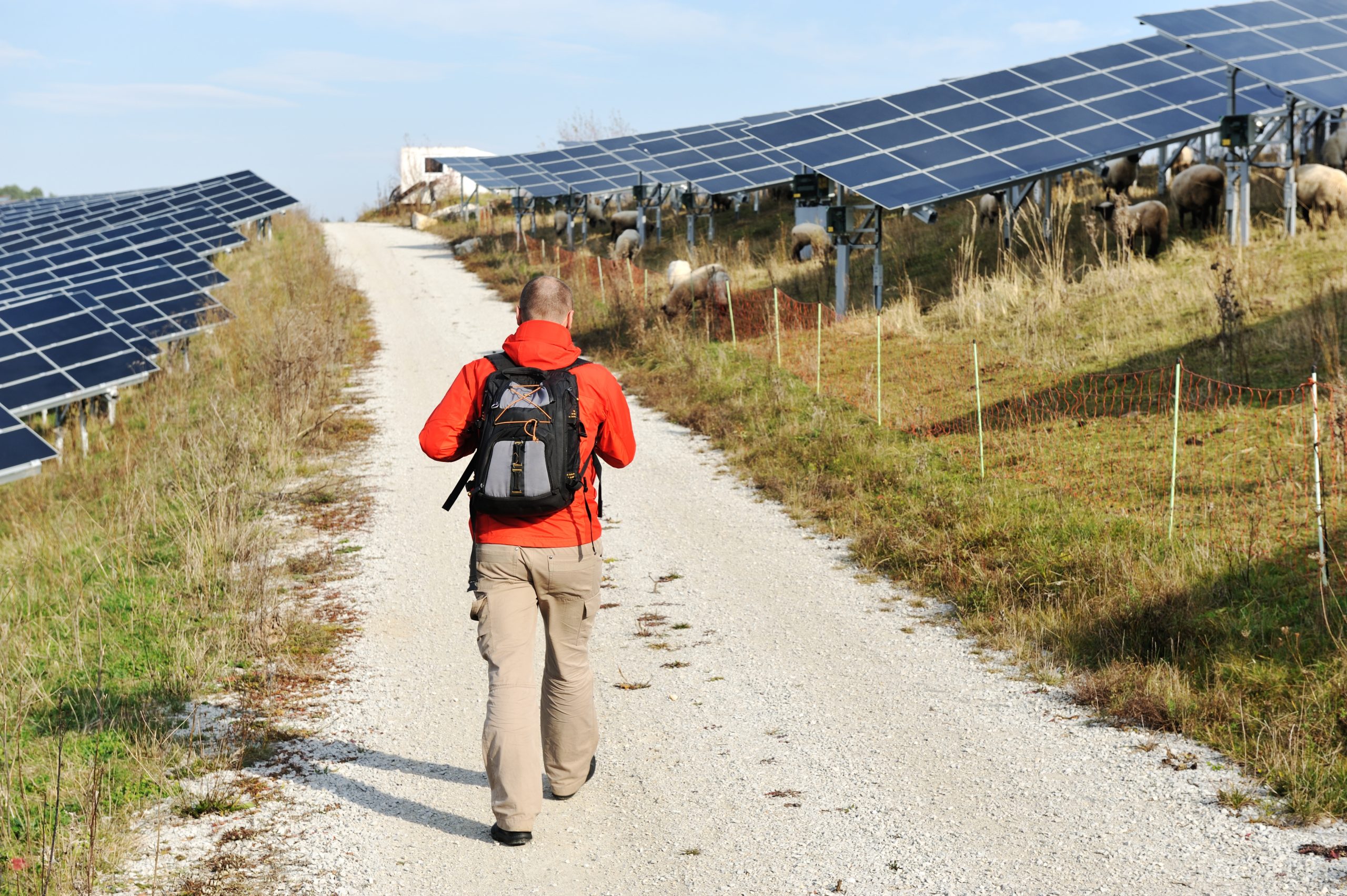Are you ready to take on the challenge of installing your own DIY solar system at home? If so, then this blog post is for you! With rising energy costs and a growing concern for our environment, many people are turning to renewable energy sources like solar power. In this article, we’ll cover everything you need to know about how to install your own DIY solar system at home.
Introduction to DIY Solar Power Systems
Solar power has become increasingly popular in recent years as more and more people look for ways to reduce their carbon footprint and save money on their energy bills. A DIY solar system allows you to generate your own electricity using photovoltaic (PV) cells that convert sunlight into usable energy. By installing your own solar panels, you can significantly reduce your reliance on traditional fossil fuels and enjoy the benefits of clean, renewable energy.

The Benefits of Using Renewable Energy Sources
There are numerous benefits to using renewable energy sources like solar power. First and foremost, it’s much cleaner than traditional forms of energy generation such as coal or natural gas. This means fewer greenhouse gases being released into the atmosphere, which helps combat climate change. Additionally, renewable energy sources are often cheaper over time since they don’t require fuel or produce waste. Finally, by generating your own energy, you become less dependent on external factors such as fluctuating oil prices or political instability.
How Much Does a Home Solar System Cost
One common misconception about solar power is that it’s too expensive for most people to afford. However, with advances in technology and increased demand, the cost of solar panels has decreased dramatically in recent years. While installation costs vary depending on location and equipment used, the average cost of a residential solar panel system ranges from $10,000-$25,000. Of course, this upfront investment may seem daunting, but keep in mind that solar panels have an expected lifespan of 30-40 years, meaning you could potentially recoup your initial investment within just a few years through reduced energy bills.
Choosing the Best Solar Panels for Your Needs
When choosing solar panels for your DIY project, there are several things to consider. First, determine what size and shape of panel will work best for your needs based on available space and energy requirements. Next, research different types of PV cells, including monocrystalline, polycrystalline, and thin film, to determine which one is right for you. Finally, be sure to check reviews and ratings for various brands before making a final decision.
Installing and Maintaining Your Own Solar System
While installing your own solar system may sound intimidating, it’s actually quite doable with some basic knowledge and tools. Start by carefully planning out your design and selecting high-quality materials. Then, follow step-by-step instructions provided by manufacturers and online resources. Don’t forget to consult local building codes and obtain any necessary permits before beginning construction. Once installed, maintaining your solar system involves regular inspections and cleanings to ensure optimal performance.
In conclusion, installing your own DIY solar system at home can be both rewarding and cost-effective. By taking advantage of renewable energy sources, you can reduce your environmental impact while also saving money on your energy bills. So why not start today?
Leave a Reply